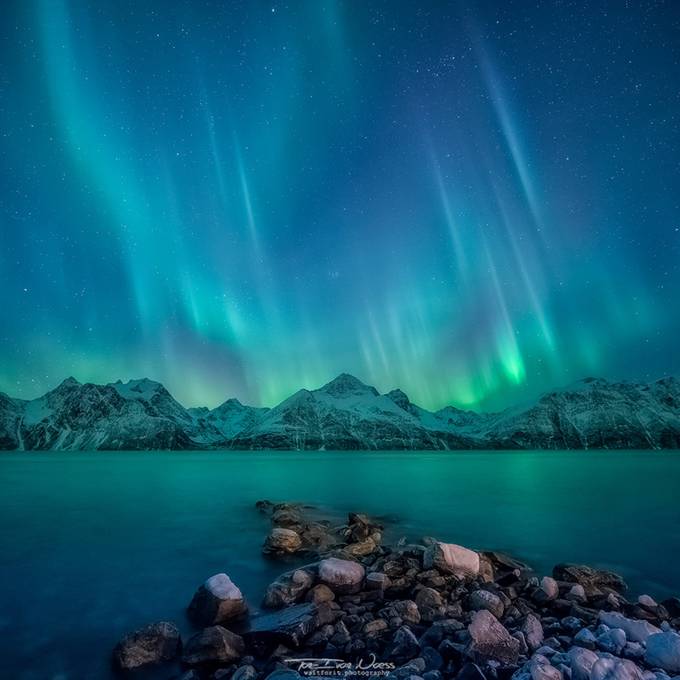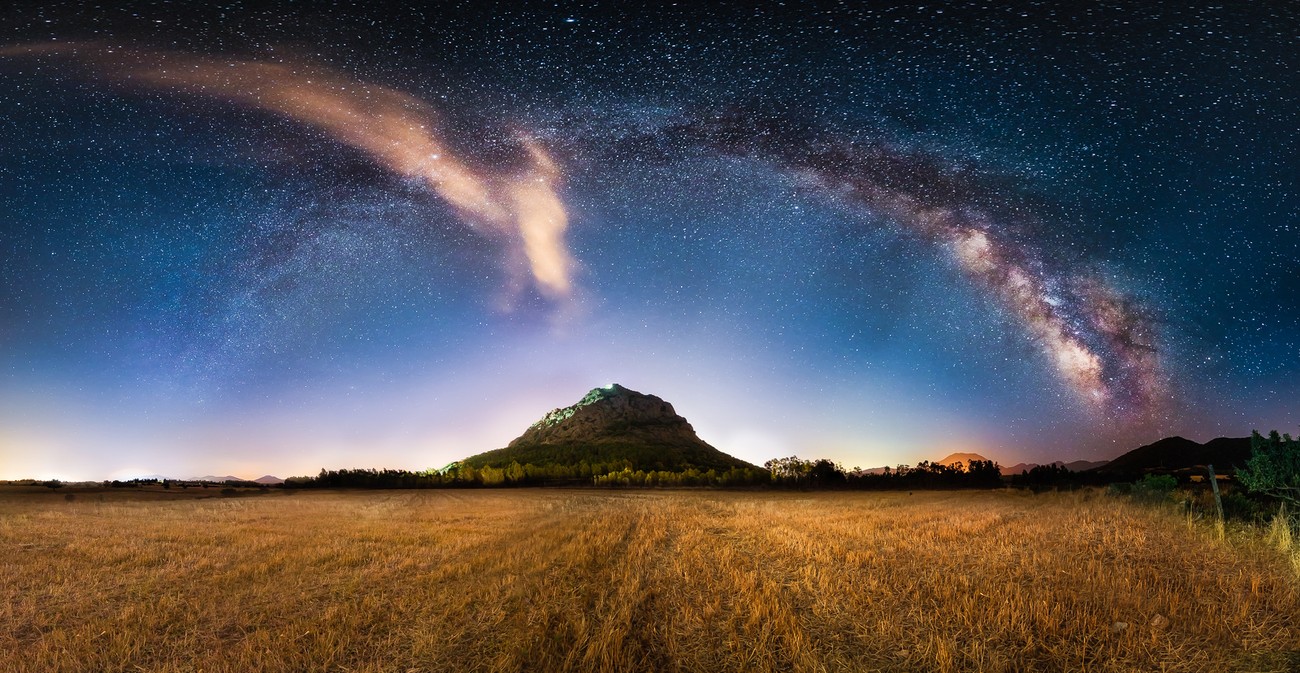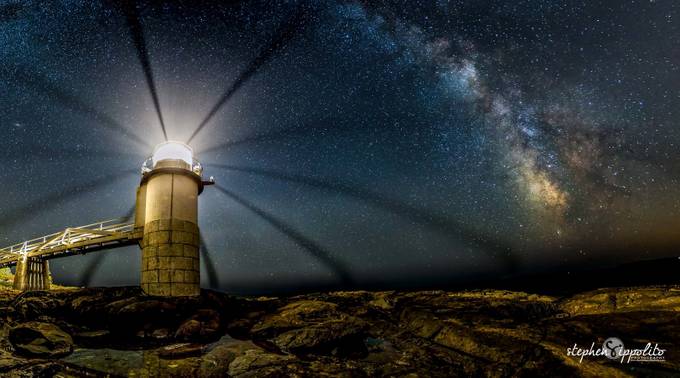Have you wondered what you need to do to capture an award winning shot? Check out these 3 outstanding shots and read the tips behind their creation.
"Milky way Castle" by wildlifemoments
Feedback
Find dark places and and make a lot of shots, and if the first time in that place is not good do not give up, back until you find the right conditions, the ones you wanted.
Inspiration
I was fascinated by the location of this castle so I had to make a composition in this nocturnal landscape. I spent a few hours taking the scenic and occasionally appeared the clouds moving in the sky, the moment I thought it was a noise, and I was annoyed by this, I wanted a clean sky, but then once you have created an overview with all the shots, clouds created a second arc almost like the smoke that comes from the mouth of a volcano and all this enriched composition rather than being a nuisance.
Editing
I used panoramic software to stitch 16 shots, vertical shots. And all the post production in lightroom.
In my camera bag
Sony a7 Sony a7II samyang 14 Sony 16-35 Sony 70-200 Sony 55 1.8 Sony 28-70
Location
Near a little town called Siliqua, in Sardinia. It's the Acquafredda Castle. In the valley of Cixerri, Sardinia(Italy) suddenly appears the inaccesible rock of the Acquafredda medieval fortess, built in the 13th Century by the count Ugolino Della Gherardesca, quoted in the 'Divina Commedia' of Dante Alighieri.
Time
13 July 2013 at midnight.
Lighting
I needed the darkest possible, but the light pollutions of towns but the lights of the city near disturbed, only in the foreground I used a bit my headlamp to lighten the field.
Equipment
Canon 500D and samyang 14 2.8, exposure: 30" f2.8 iso 3200, tripod and panoramic head.
"Marshall Point Lighthouse Milkyway" by stephenippolito
Feedback
I have only recently begun taking photos of the night sky and other than the basic settings for capturing the Milky Way (30 second exposure, ISO 3200, and F2.8) the key is also making the photograph interesting by adding a foreground element. A picture of just the sky without a foreground image is less interesting for the eye. The composition plays a big role in whether you spend a minute looking at an image or several minutes countless times.
Inspiration
Earlier in the year in June, while vacationing in California I visited Joshua Tree National Park and actually saw the Milky Way in person for the very first time. I took an photo of the Milky Way over Arch Rock and have been hooked on night sky photography ever since. The photo I took at Joshua Tree National Park was also published in an article about my first time viewing experience on space.com and also was picked up by yahoo news. Here is a link to the article about my experience https://t.space.com/all/26457-milky-way-photo-joshua-tree-national-park#1 Ever since that trip to California I have been looking for fantastic settings for taking Milky Way photos and considering I live in the highly light polluted East Coast I had to look towards the north east and that's when I stumbled across photos by Mike Taylor. I reached out to Mike and took a trip up to Maine and had a private session photographing locations such as this. This was one particular location that really caught my eye, particularly how the light and shadows emitted from the lighthouse, it just drew me in and I knew I had to go there.
Editing
I take all my images in RAW format and process them via Lightroom. I do basic post processing to help illuminate the Milky Way and enhance foreground objects.
In my camera bag
My equipment bag always includes both wide angle and zoom lenses, I alternate my interests between landscape photography and wildlife. You just never know when you will come across a bald eagle or other fascinating creature, so I like having the flexibility of capturing those moments.
Location
This photo was taken at Marshall Point Lighthouse in Port Clyde, Maine. This epic lighthouse was also featured in the movie Forrest Gump.
Time
I went to Marshall Point Lighthouse with a Maine photographer, Mike Taylor, in the evening in August 2014 during the new moon. This photo was taken at about 11pm and is actually comprised of 12 individual images stitched together to form the panorama image. I was actually in a race against time in order to capture this image when I did as I had to take it before high tide rolled in. The location I was standing in became under water within a couple hours. It's somewhat eery taking picture in the dark and hearing crashing waves behind you, I kept having to turn around and see at what level the water was as I didn't want to get swept out to sea.
Lighting
For this photo I relied solely on the ambient light from the lighthouse, no other lighting was needed. Each individual image taken was a 30 second exposure. Due to the length of the exposure, enough light was picked up by the camera sensor to illuminate the surrounding rocky ledges as well as the lighthouse.
Equipment
My equipment for this shot comprised of a Canon 5D Mark III and the Canon 16-35mm L II F/2.8 lens, along with a Manfrotto tripod.
"Emerald Night" by Tor-Ivar

Feedback
In the end, it's all about persistence. The scene you want to capture doesn't always have the light you want. Sometimes you will need to visit the same location over and over again to get the shot you want. Hang in there!
Inspiration
As I have mentioned before, I always try to find a nice composition in the chase for that one capture of these mountains. I think in the end it's all about being at the right place and at the right time as well as a pinch of luck.
Editing
The capture in itself has been processed, mostly to even the white balance in the foreground to match the sky a little better. At this specific spot the street lights are lighting up the rocks, making them yellow/orange - so they have been cooled down quite a bit to match the scene.
In my camera bag
I recently purchased myself a Lowe Pro backpack, so now I can carry my D810 with the attached battery grip and the lenses I use most frequently 8Zeiss 15mm for night scenes, Nikon 14-24 for day time captures and a handful of Lee filters to my 14-24mm).
Location
I am a land and nightscape enthusiast from Nordreisa in Troms, Norway. This capture was taken in my neighbor municipality Kåfjord at a beautiful place called Spåkenes.
Time
This was taken at 2am a cold night in January (2015). The location in itself is down by the shoreline of the Lyngenfjord, a place that is very windy and therefore often cold at any time of the day.
Lighting
The Lyngen Alps are quite the epic backdrop for these kinds of shots and I try to find the best angle to shoot these glorious mountains. The problem with shooting the "best" location is that the behavior of the northern lights aren't very predictable since it vary in speed and placement in the sky.
Equipment
To capture this, I used my Nikon D810, Zeiss 12mm, Sirui tripod and I also used a remote release.




